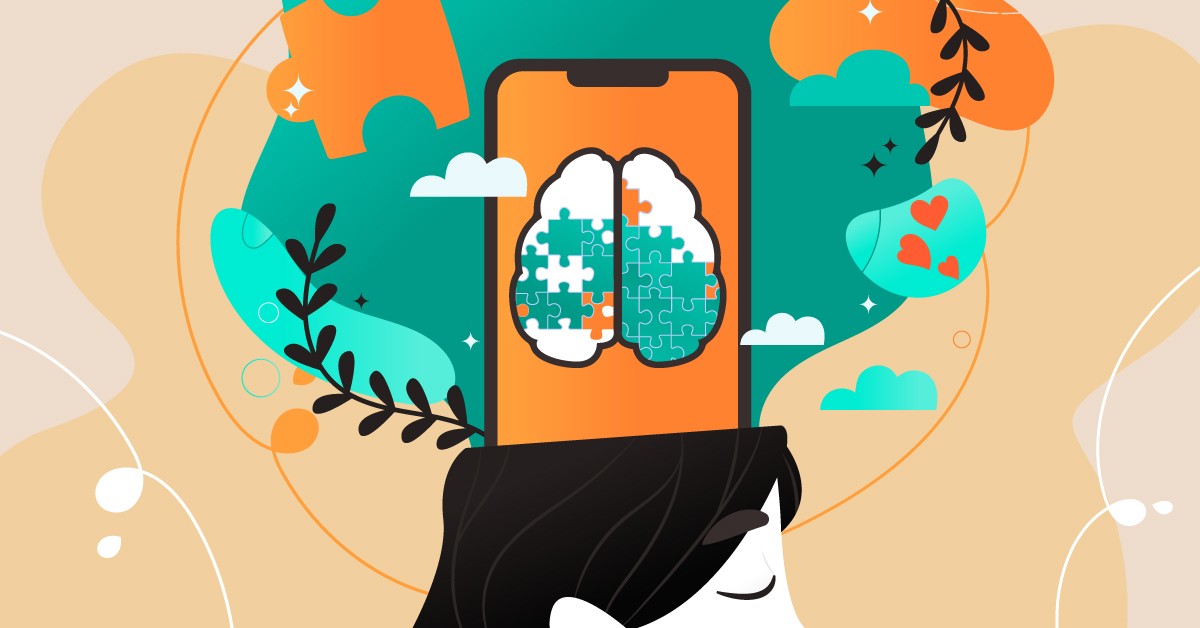
Technology has become a necessity for employees to perform and finish their tasks. One discussion linked to the use of technology in the workplace is employee mental health. But what if the one thing that makes our lives easier also impacts our mental health? Here’s how technology and mental health can affect an individual.
The Rise of Tech and Mental Health in Workplaces
The Harvard Business Review found that the mental health landscape in the workplace has started to change in 2019. Workplaces had begun to discover that prioritizing mental health was necessary. It was due to several social issues, like stigma, diversity, and equality.
Johnson et al.’s study about technology use has given us a perspective on when employees may have first experienced negative effects of tech on mental health. They listed studies since 2011 stating that the acceleration of technology created expectations that work had to be done faster, the volume of work had to be higher, and employees had to respond even at home or on weekends. More than ten years later, that still rings true for some workplaces today.
Negative Impact of Tech on Mental Health
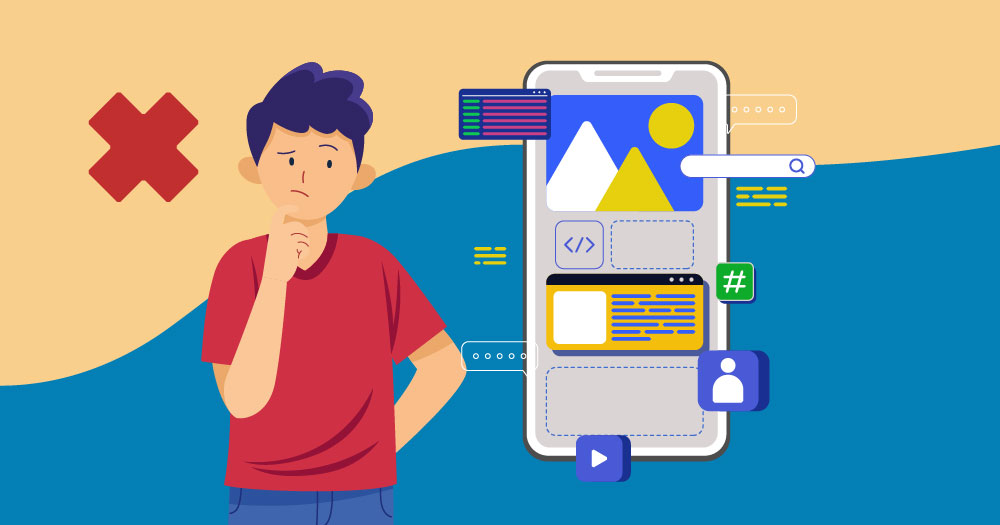
In connection with the study published by Johnson et al., one negative impact of technology on mental health is the use of email and chat apps. In fact, Digiday reported that many employees experienced burnout during the shift to remote work because of the pandemic, and it’s all because of messaging apps like Slack and Microsoft Teams. The phrase “Zoom fatigue” was born from the constant video calls and meetings done because of remote working.
Social media is another contributing factor to why technology is detrimental to our mental health. Apps like Facebook and Instagram are one click away from our smartphones. And sometimes, when we lose track of our time or simply browse mindlessly, we get lost in these social media platforms.
Most of the time, it’s the content we see or choose to consume that could affect our mental health, such as people posting milestones or photos of themselves. In turn, we might be prone to jealousy or comparison when we view social media posts.
Positive Impact of Tech on Mental Health
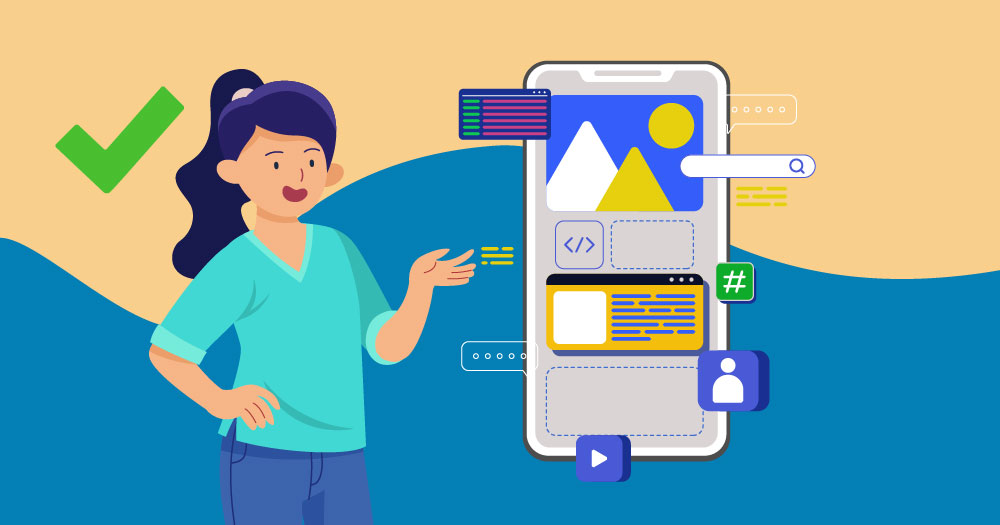
Even if technology can be detrimental to your mental health, you can turn it around to benefit you. Aetna finds that workplaces can advocate mental health by giving employees digital resources about topics regarding mental health. In turn, this may help employees become more aware of mental health conditions, learn how to manage them, and seek help. Or, with these resources, they can help a peer or co-worker.
One way tech can become beneficial to your mental health is by using mental health apps. It will take time to find the apps that would be a good fit for you. To start, learn what apps you might need to download. For example, if you have a certain mental health condition, you can download apps that would help you track your moods or provide assistance when you need it.
Some examples of apps that could do wonders for your mental health are:
- Fitness
- Mindfulness or meditation
- Mood tracker
- Journaling
- Connecting with therapists
Another positive way of using technology for mental health is through teletherapy. Therapy is more accessible than ever to the general public since you can download an app or go to a website to schedule a therapy session, even from the comfort of your home.
Using AI for Mental Health
AI has also made it to the health and wellbeing sector.
One of its early uses is the mental health chatbot. Basically, users talk to an AI-powered chatbot. It usually asks questions. Then, the chatbot responds depending on the answers users provide. Woebot was one of the earliest examples of an AI mental health chatbot, which lets users choose responses on how they feel and what they need from Woebot. As AI evolved, it can actually help users process their feelings more. For instance, ChatGPT can act as your therapist if you don’t have someone to talk to immediately.
However, it’s important to note that, as users, we shouldn’t rely on AI so much in terms of getting a diagnosis or treatment. Sure, ChatGPT and other language learning models (LLMs) can help us process our thoughts. However, many practitioners encourage the public to reach out to mental health professionals to help them with their mental health needs.
How is Technology Used for Mental Health?
One of the most accessible ways to care for one’s mental health is through apps. Many smartphone users can download a mental health app to track moods or talk to a healthcare professional. Here are some popular mental health apps to use:
- Meditation/Mindfulness – This has been on the rise since the pandemic. It’s no surprise that many want to use meditation or mindfulness for anxiety or to feel calmer. Some apps to use are Headspace, Insight Timer, and Medito.
- Mood Tracker – Another mental health app for your smartphone is a mood tracker. This is great for tracking your moods and learning how to manage them in the long run. Some examples of these apps are Daylio, MoodFit, and eMoods.
- Chatbots – Although some chatbots aren’t available to download, you can use this when you’re on your laptop or desktop. Chatbots are a good short-term alternative when you can’t talk to a professional during an episode or need an outsider’s point of view of what’s going on. Woebot, Wysa, and Youper are great examples of mental health chatbots.
Although many providers do not use it for patients, another way that technology benefits mental health is virtual reality. This is a psychotherapeutic method to help those with anxiety and depression.
How Companies Can Make Both Work
With companies relying on technology to complete their tasks at work, removing technology to prioritize mental health won’t solve the problem. Instead, managers and employees should learn how to manage their time using technology in the workplace.
Reduce Phone Usage
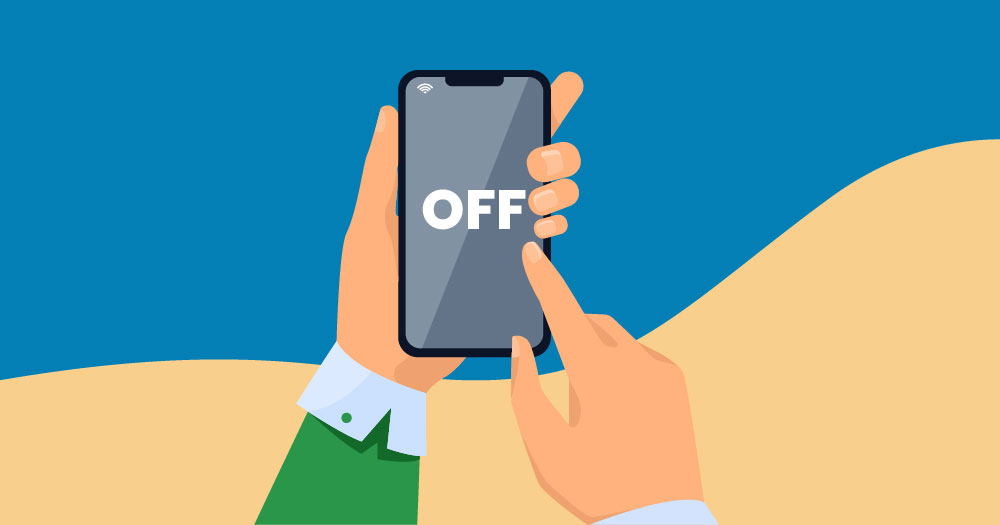
Using smartphones at work can be distracting. And it could affect one’s mental health, especially if they’re surfing more than usual on social media sites. One way to curb this is to set a policy where employees cannot use their phones all the time. But you can remind employees to turn off sounds during the day, or if they need to call someone during an emergency, they can use it outside the office.
This could become a challenge if applied to work-from-home situations. It’s up to the employee how they can manage their screen time while working. They could switch on the Do Not Disturb or set a timer when using apps that would distract them.
Set Time Away from Screens

Prolonged screen usage not only affects our physical health but our mental health as well. Of course, you need to use the company computer or laptop to do your work in the office. But, as an employee, make sure to set a timer. And managers, remind your team or employees to take some time away from the screen. Encourage them to take breaks from staring at the screen and avoid straining their eyes. It’s not only the eyes that are affected but the brain too. That’s where the mental health connection comes in.
Rest your eyes and brain by looking outside a window from time to time. The view may not be pleasant. But if you look at something else other than a screen, you can take some time to relax and come back to work once your head is clear.
Employees can also set boundaries when they use devices. It’s not only about the tech people use, but how much they use it. It’s important to recognize first how much an individual uses their devices every day. From there, they can cut down usage and learn how to set boundaries, such as muting chat apps or taking a break from social media.
Keep Your Devices Away From Your Bed
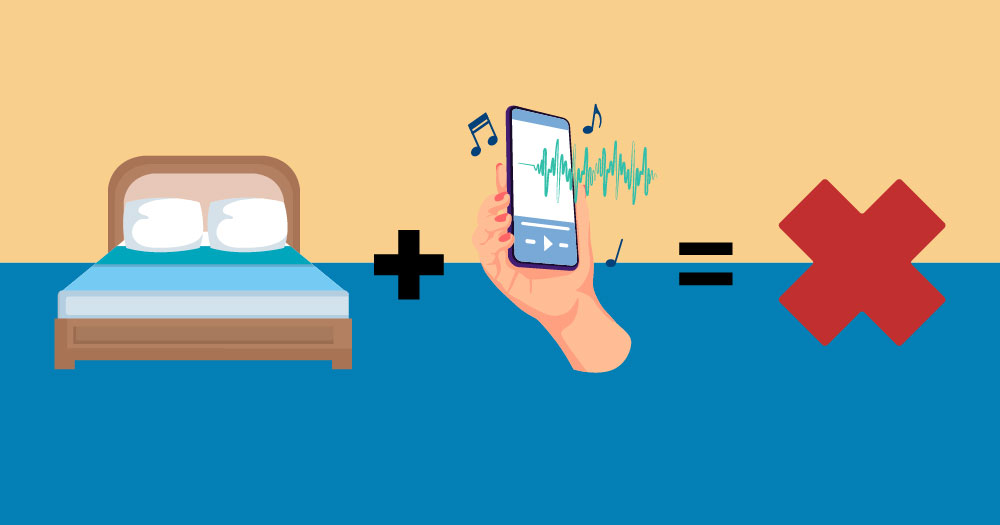
Although this is applicable at home, having your devices near your bed or in your bedroom can distract you even further, and it could affect your sleep. Your quality of sleep is also a factor for good mental health. And if you continue browsing before you fall asleep, it might take time for you to get some Zs. Not only that, but if you have trouble sleeping and decide to use your phone as you try to fall asleep, it would affect the quality of your sleep.
That’s why it’s better to keep your devices away from your bed or in your bedroom. If possible, place it somewhere out of reach. It will become less tempting to stand up and get distracted from browsing the internet or playing games on your phone.
Final Thoughts
Technology has its benefits and caveats regarding someone’s mental health. And in the workplace specifically, technology can contribute to an employee’s mental health. In turn, workplaces should address technological and mental health concerns that would affect their employee’s well-being. Starting small with setting boundaries or limiting the use of technologies can become beneficial to the employee in the long run.
About the author

Katrina Pascual
Katrina is a content writer specializing in graphic design, marketing, social media, and technology. In her spare time, she writes monthly personal blogs to practice her craft.
Table of Contents
- The Rise of Tech and Mental Health in Workplaces
- Negative Impact of Tech on Mental Health
- Positive Impact of Tech on Mental Health
- Using AI for Mental Health
- How is Technology Used for Mental Health?
- How Companies Can Make Both Work
- Reduce Phone Usage
- Set Time Away from Screens
- Keep Your Devices Away From Your Bed
- Final Thoughts













